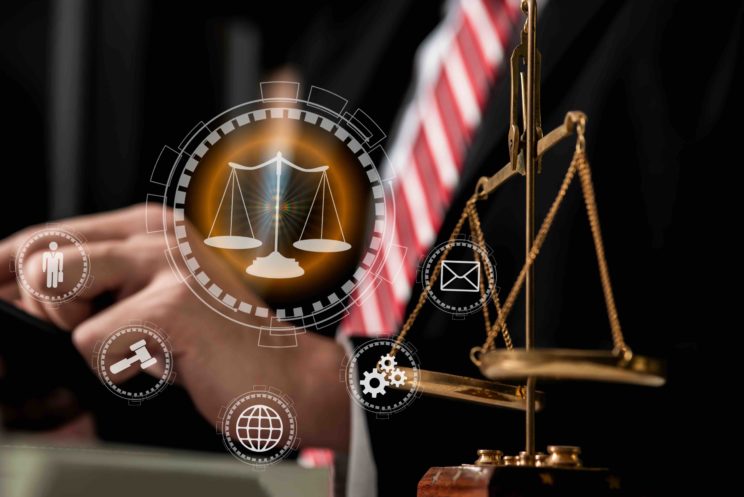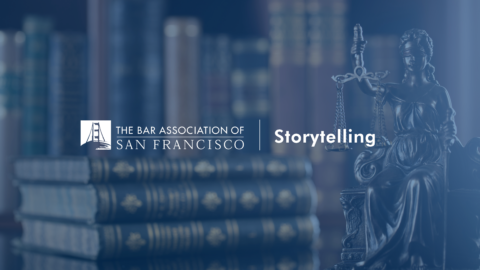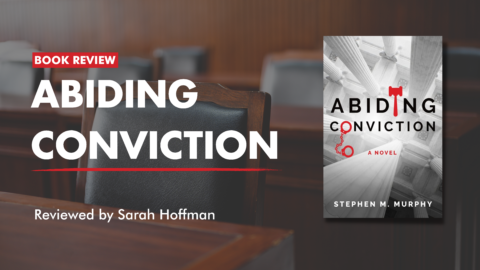I’m the chairman of a specialty appellate law firm with offices in San Francisco, Los Angeles, and San Diego, and I’m involved with a number of appellate-related local and federal committees and organizations. COVID-19 disruptions began to appear on my radar relatively early, and we moved quickly to make sure we were fully prepared.
Our firm is fortunate in that it has been built to work remotely from the start. Because appellate practice is primarily a writing and procedural skill set, the only tools you really need are a computer and an internet connection. With that in mind, we set our firm up to be seamlessly accessible on the go, to let our lawyers have more flexibility in their personal lives. The idea was to let folks more easily travel or spend a summer in Europe, but the technologies and procedures we adopted work just as well when you can’t even travel outside your home. And for the same reason, we have always minimized our fixed office space, an unwanted liability during the business lockdown.
Appeals themselves are relatively well-suited to the limitations that arise during lockdowns. Because most trial court filings are now electronic, so too are appellate records, as well as court reporter’s transcripts. Briefs are researched and edited online, of course, and can be done from the family couch on a laptop. There’s no discovery to conduct, no depositions or hearings that require in-person testimony.
For similar reasons, the business of the appellate courts didn’t slow nearly as much as the trial courts beyond deadline extensions:
- In the Ninth Circuit, the court allowed automatic 30-day extensions on demand on the basis of COVID-19 concerns, whatever they may be.
- In the California Court of Appeal and California Supreme Court, with a few exceptions, deadlines were automatically extended between March and May.
- In the U.S. Supreme Court, extensions were granted as a matter of course for COVID-19-related reasons, and the time in which to file certiorari petitions was extended from 90 to 150 days.
The appellate courts have mostly been e-filing courts for some time, making that part of the transition to remote work relatively painless. To the extent the courts still required some paper filings in addition to electronic filings, those rules were either suspended entirely or the required number of copies reduced. Some of these changes may stick as judges and justices become more and more comfortable working with purely electronic versions of documents.
As the pandemic swept across the United States, the appellate courts relatively quickly—and surprisingly smoothly for arms of government not used to cutting-edge technologies—switched to remote arguments. The California appellate courts use BlueJeans or telephone conferences, the Ninth Circuit uses Zoom, and the U.S. Supreme Court is using telephone conferences only.
The Ninth Circuit is at a bit of an advantage, because unlike California courts, it has authority to choose whether to hold oral argument in any given case at all. Unsurprisingly, submission without oral argument is up significantly since the pandemic began, as the court reserves oral arguments for cases where the judges genuinely feel conflicted or have questions they want answered.
Reports on remote oral arguments from judges, justices, and litigants have, overall, been relatively positive. You certainly lose something on a video—body language is harder to pick up, and sometimes it’s more difficult to tell when a jurist is trying to jump in with a question—but 90 percent comes through. Telephone conference is less optimal from the perspective of body language, but it does force everyone to focus closely on the words being said rather than the other distractions that can come with visual stimuli. The most high-profile snafu, a toilet flush caught on a U.S. Supreme Court teleconference earlier this year, was not indicative of broader trends (nor, hopefully, the flushing justice’s view of the argument being presented at the time).
For the Ninth Circuit in particular, where nearly fifty Circuit Judges and dozens of visiting judges had to fly each month between the circuit’s four main courthouses, the replacement of in-person arguments with virtual arguments is a big change. It’s likely saving the judiciary huge travel bucks—especially for visiting judges from around the country as well as litigants and government attorneys from the circuit’s remoter corners. It will be interesting to see whether arguments return fully to the usual in-person style after the pandemic ends, given the cost savings for many of the court’s constituents.
All of these changes led to some early delays in the appellate courts’ processing of cases, but they quickly caught up. And, with trial courts much longer delayed, especially with their most complicated cases and jury trials, incoming appeals have dropped off somewhat. That’s denting backlogs and allowing older pending cases to finally reach a decision. But, also due in part to slowness in the trial courts, we’ve seen a marked increase in the need for writs of mandamus.
One group I feel especially sympathetic towards is the current group of law clerks, who will miss out on a year working shoulder-to-shoulder and late at night with their judge and co-clerks, winding through the law, analyzing and debating challenging and important cases, and coming to understand how appellate judges think and decide appeals. It is the kind of unique experience that is difficult to imagine offering the same richness remotely.
But aside from unavoidable trade-offs, overall, the appellate courts are making it through the pandemic with relatively low levels of disruption to their work. Of course, the coronavirus threat isn’t over, but society seems to be finding ways to cope, as have the bench and bar. I think it’s unlikely that earlier delays and mandatory extensions will reappear even if we see another “wave” of the virus’s spread.
Indeed, there is at least one small positive side-effect as well. I am co-chair of the Appellate Section of the Bar Association of San Francisco, and I’ve been organizing CLE programs on appellate and constitutional law issues for nearly a decade. Because these programs are now all on Zoom, geography has vanished as a barrier for speakers and panelists for the first time. The program I organized on COVID-19 and the Constitution welcomed panelists in Southern California, Chicago, and New York in addition to the Bay Area. That’s something we’ve never been able to offer before.
Ultimately, this pandemic will end, and I suspect things will largely return to pre-pandemic normalcy. But some changes may survive and become part of standard practice. If a few of these do, both bench and bar will benefit.
About the Author:
Ben Feuer is the chairman of the California Appellate Law Group, a seventeen-attorney appellate specialty boutique based in San Francisco. He is also the co-chair of the Appellate Section of the Bar Association of San Francisco. You can learn more about him at www.calapplaw.com/ben or email him at ben.feuer@calapplaw.com.





0 comments on “What It’s Like To Litigate Appeals During COVID-19”